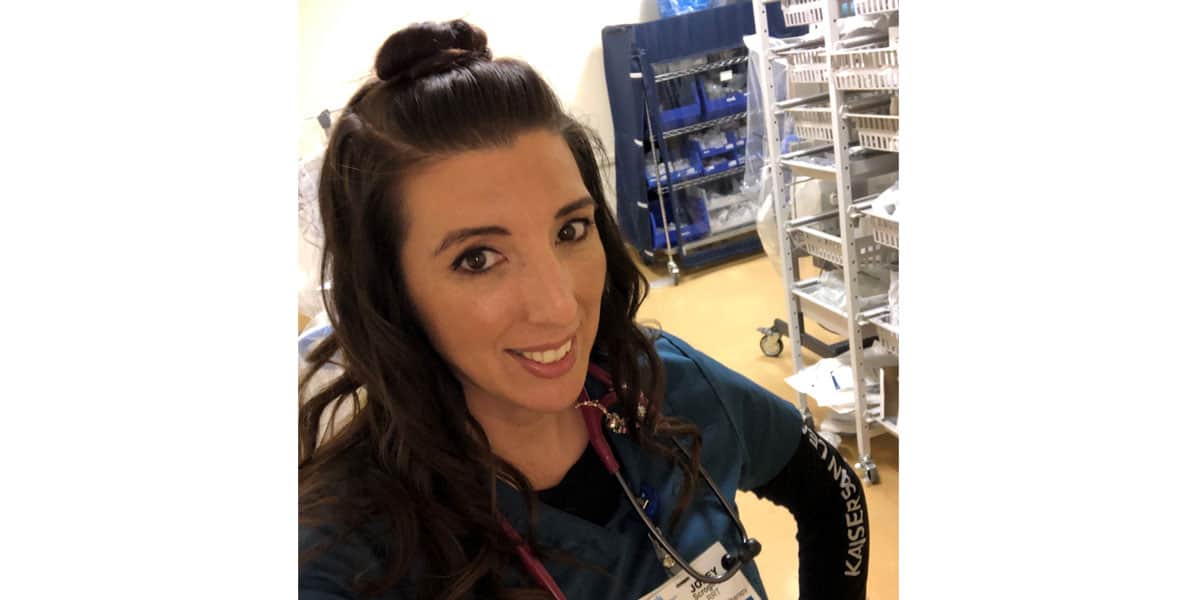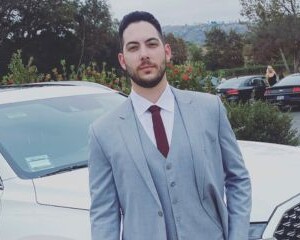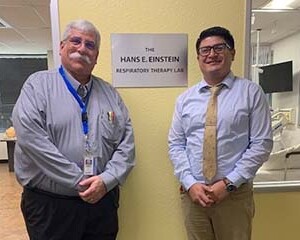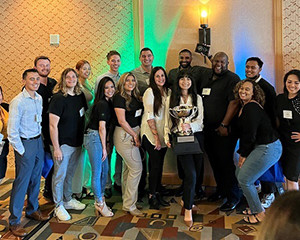Respiratory Therapist is on front lines of COVID-19 patient care

The coronavirus pandemic has made it necessary to add new levels of caution in hospital emergency rooms to further protect everyone sharing space and air. At Kaiser Permanente Hospital in northern California, Registered Respiratory Therapist Joley Hansen explains the expanded protocol in her hospital’s trauma center.
“We have to assume a patient brought in with respiratory distress might be positive (for CoVid-19), so we have extra precautions,” says Joley. “We have to make sure all our gear is on and you have everything you need in that room because once you’re in that room you need to be prepared to stay there. It takes a different mindset.”
The act of spontaneously performing CPR on someone who has suddenly stopped breathing must now add the valuable seconds it takes for the medical provider to pull on protective gloves and gear. “I’ve started CPR or equipment many times without gloves (pre-CoVid era); we can’t do that anymore,” says Joley. Now it is not uncommon for her to wear a N-95 mask with a very tight seal for several hours at a stretch. “After 3 to 5 straight hours I have huge indentations on my face,” she says.
A lot can happen in the Emergency Room before the CoVid patient is transferred to the Intensive Care Unit (ICU) for continued care, and Respiratory Therapists must be prepared for the worst possible scenario.
“You always try to have an oxygen delivery device (mask or nasal canula) and have an intubation kit available; that’s when you put a tube in their throat that secures the patient’s airway,” explains Joley. “If they stop breathing, you have to breathe for them using a bag you squeeze that is attached to a (breathing) tube – or they might go straight onto a ventilator.”
Joley is part of the front line of medical professionals that make first contact with those in emergency physical distress. Her specialized training in respiratory care places her shoulder-to-shoulder with physicians in diagnosing and treating those affected by this highly contagious virus that disrupts and disables cardio-pulmonary function.
Respiratory Therapists enter a life-and-death battle their patients are fighting that might last hours, days, weeks or even months before victory is won or defeat claimed. An intense and intimate bond is established immediately between the afflicted and their human lifeline to recovery.
Patient and medical caregivers quickly and quietly join forces to establish their lines of defense. Signs of recovery ebb and flow, until resolution is finally achieved. Someone goes home, to great relief. Someone does not.
The adrenaline of performing life-saving measures can swing dramatically to the quiet grief of loss. “The hardest is not just CoVid patients, but patients I have that pass away alone,” says Joley. ‘No visitor’ rules are in place in most hospitals during this pandemic. “We want to reassure family members, especially for elderly patients, and give them some comfort and hope, but that’s been really tough, and some may pass away alone. It’s not something I ever forget.”
As hard as her job is at this time of great medical challenge, Joley feels prepared be part of the first line of defense. She spent 17-years in the medical field, mostly as a laboratory technician, before graduating from SJVC’s Respiratory Therapy program on the Rancho Cordova campus in 2017.
“Once I started working (as a Registered Respiratory Therapist) I realized how well prepared I was,” she says. “There are a couple of things my teachers instilled in me that were so valuable. The first is being a patient advocate and talking for the patient when they can’t. You have to understand the information you’re seeing from the patient assessment and from information you’re getting from ventilators.”
Joley is comfortable being the patient’s ‘voice’ and representing their medical state accurately to those entrusted in patient care, as well as to those family members hoping for patient recovery.
Secondly, she was taught by her instructors to take her powers of observation and assessment to a deeper level. “Look at your patient; it’s not always about the numbers on the machines and monitors,” says Joley. “The numbers may show they’re fine, but you can see something is wrong. Maybe the patient is sweating or pale, their lips are blue or there’s a subtle change and they just look uncomfortable. Translate your observation and assessment into what that might mean.” Subtle changes might signal a dramatic escalation of trauma.
Joley feels that the accelerated education and training of her Respiratory Therapy program pushed her hard but made her a better respiratory care professional. “My instructors were really hard on me and I thought they hated me,” she laughs. “I ended up winning the Clinical Achievement Award for my class.”
SJVC faculty support stretches beyond classroom curriculum. A student may feel a more focused push toward program success because instructors see their students’ tremendous career potential. “I have the highest regard for my teachers that they believed in me,” says Joley.
Especially considering the weight her current position carries, Joley is grateful for the ‘push’ she felt at the college, and she has no regrets. “I wish I’d done it sooner.”
The stresses of ‘eat, sleep and class’ gave her a peek at the kinds of demands her medical career might make. That pace better prepared Joley for where she is now.
“We are hugely overstaffed, double-booking RTs to help with the workflow.” There is no machine that can replace the expertise, passion and sensitivity these respiratory care professionals bring to this world-wide crisis.
Joley is proud to be among them.
You might also like
More stories about
Request Information
All fields using an asterik (*) are required.


